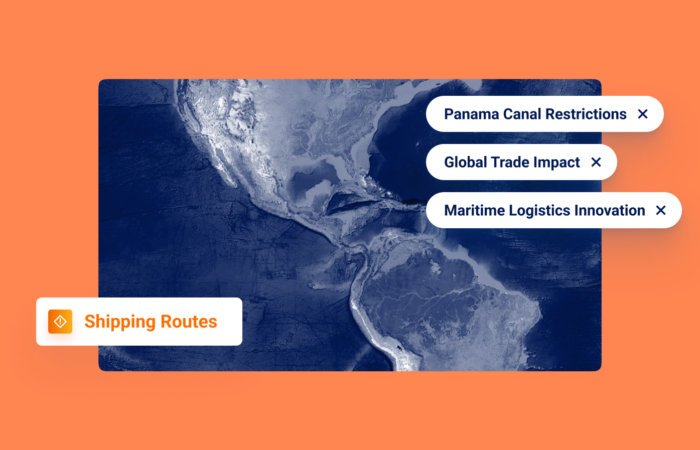What’s inside?
Typhoons impacted congestion more than pandemic
Two typhoons, Hinnamnor and Muifa, significantly affected the main ports of China and South Korea in September 2022. Windward’s latest Port Insights shows that Qingdao, Busan, Ningbo, and Shanghai experienced the largest increases in congestion levels of the world’s top 35 container ports, with transit times to those four locations increasing by at least 25% last month.
Qingdao seems to be the port most affected by this force majeure event, with a 59% increase in transit times to the port in September, compared to August. Why? When the first, more powerful typhoon, Hinnanmor, hit China, Shanghai and Ningbo, two of the world’s busiest container ports, had to suspend all operations and many vessels were redirected to Qingdao, away from the typhoon’s path. The second typhoon, Muifa, then hit the region within less than two weeks, forcing the same ports to close again. This time, Qingdao had to do the same.
The port of Busan in South Korea did not have it any easier, as it experienced the three most violent typhoons since 2018 – first Hinnamnor, then Muifa and Nanmadol – all in the same month! This catastrophic situation naturally influenced the flow of container vessels to the area, increasing transit times to the port of Busan by 35% month-on-month. Quite incredibly, this is the largest increase in congestion the port has experienced in two years. It’s worth reading that again to fully grasp the impact of these three back-to-back typhoons.
The Port Insights’ Congestion Inflation graph for Busan, South Korea, analyzes the compiled increase in transit times to the port since September 2020. Looking at this graph, it is clear that none of the disruptions over the past 24 months – which included a global pandemic, worldwide shortages in equipment, and an eight-day strike by truckers – have affected seaside operations at Busan nearly as much as September’s natural disasters.
Long Beach is on its best run in two years!
The U.S. East Coast is experiencing heavy congestion, with Charleston and Savannah seeing transit time increases of 20% and 14% in September respectively, compared to the previous month. On the U.S. West Coast, the Los Angeles, Long Beach, and Oakland ports are all experiencing decreased congestion for the second consecutive month. Before achieving this feat, Long Beach port hadn’t been able to decrease congestion in back-to-back months for two years. In LA and Oakland, the last time was April this year – the same month that launched the opposite process of continuously increasing congestion in Savannah.
Read these insights and more in this month’s Port Insights, which analyzes global ocean port congestion and efficiency in September 2022.






